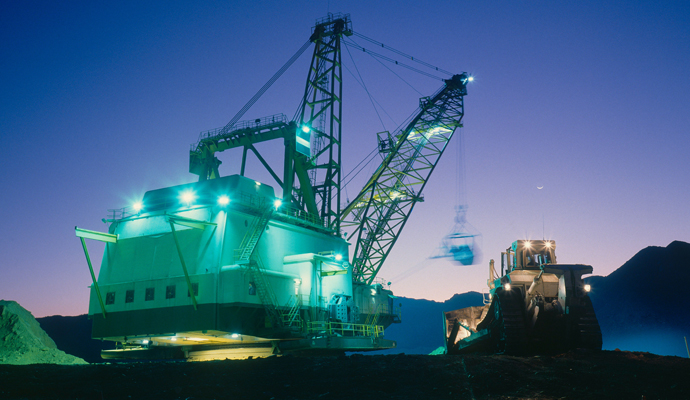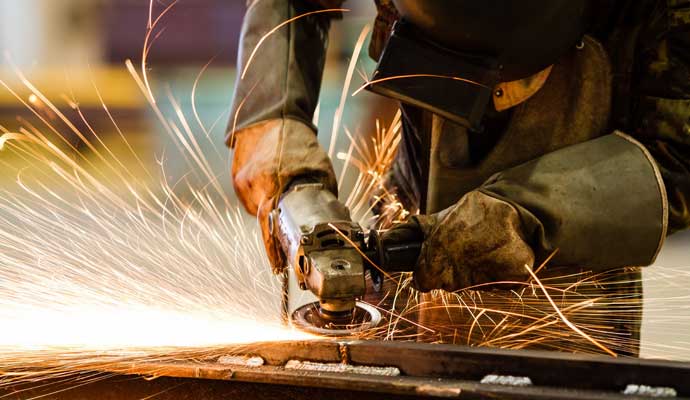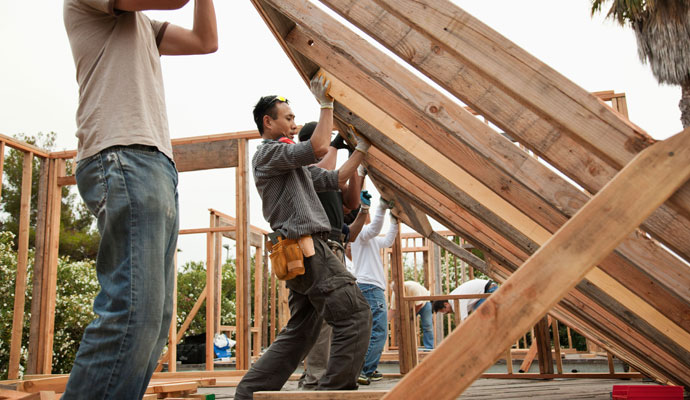A Jobless Recovery in Coal
Hiring people is often a last resort, even when an industry is growing.
Over here, there’s an industry in which employment has been sinking rapidly for years. Underlying demand for the product it produces is shrinking because newer technologies produce alternatives that either cost less or have greater functionality — or both. In some areas, there are regulatory regimes set up to discourage the use of the product. In the past year, the sector has added a mere 1,200 jobs in the U.S.
Then there’s another industry that is undergoing what seems to be explosive growth. Demand for the product is on the rise. Through the first five months of this year, production was up 17 percent from the first five months of 2016. On the heels of this growth, new production facilities are opening, for the first time in years, to make even more. The future looks bright.
You can probably guess the punch line. I’m talking about the same industry: coal mining. And the paradoxical descriptions of the same industry highlight how tricky it is to discern the links between demand and employment in the 21st-century economy.
Let’s review. Coal, in fact, has been in a long-term decline in the U.S., as power plants — the main consumers — switch to cheaper, abundant natural gas (thanks, frackers!), and as emissions-free technologies such as solar and wind gain more traction and policy support. In 2016, coal accounted for about 30 percent of electricity production in the U.S., down from 48 percent in 2007. Since 2007, annual U.S. coal consumption has fallen about 35 percent (pdf). Not surprisingly, in the past decade, coal mining employment has fallen by about one-third.
One industry has been sinking for years. Another seems to be undergoing explosive growth. Can you guess the punch line?
At the same time, according to the Energy Information Administration, coal production is actually soaring so far in 2017. In the most recent week, production was up 23.7 percent from the same week in 2016; year-to-date, production is up a healthy 17.7 percent. (That’s particularly impressive when you consider the overall economy is growing at about two percent annually.) While demand for coal to produce electricity remains muted, the demand for metallurgical coal — which is used in steel production around the world — is growing nicely. Earlier this month, the first new U.S. coal mine in six years opened in Pennsylvania, to produce metallurgical coal.
So how can it be that while production is up 20 percent, employment in the sector, according to the Bureau of Labor Statistics, has risen by only 1,200, or 2.4 percent?
This is both one of the blessings and curses (depending on where you sit) of the modern economy, and should make us realize that the discussion about what creates jobs and how jobs are done needs to be more nuanced. Before widespread mechanization and automation, there was typically a one-to-one correlation between demand for production and the demand for workers. If you needed ten times more trees chopped down, or ten times more ditches to be dug, or ten times more coal to be shoveled out of the earth, you had to hire ten times more people to get it done. Hiring a person was the first resort.
But now that logic has been turned on its head. Hiring people is often a last resort. Often, the first response to an increase in demand is to try to get more out of existing employees. Companies are often reluctant to hire in part because demand can come and go quickly, and because — especially in rural areas — it is hard to find skilled people who are available. The next step is to try to get more out of the machines you already have. Meanwhile, the market is continually developing machines — and, increasingly, software — that enables employers to get more work down without more human labor.
Indeed, for some employers, the prospect of a fully automated, workerless production facility is the final goal. When you run a largely automated assembly line, or production line, it is relatively easy to adjust production to meet demand and market conditions — simply turn a few dials up or down.
The image of coal miners using shovels and picks to remove coal from the earth is not the typical mode of production. About half of coal production today takes place in Wyoming, where vast open mines are run by giant (and increasingly smarter) machines, vehicles, and drills. And with each passing year, coal mine operators have a broadening array of labor-saving products and services to choose from. Here is a short list of automated technologies already being used in the mining industry, according to the Brookings Institution: “autonomous haul trucks and loaders; autonomous long-distance haul trains; semi-autonomous crushers, rock breakers, and shovel swings; automated drilling and tunnel-boring systems; automated long-wall plough and shearers; autonomous equipment monitoring; and GIS and GPS technologies.” (In Australia, a company that runs iron ore mines is already deploying dozens of driverless trucks.)
The conclusion? In today’s economy, it’s hard to base your assessment of an industry’s health — or trajectory — simply by looking at the number of people it employs.





